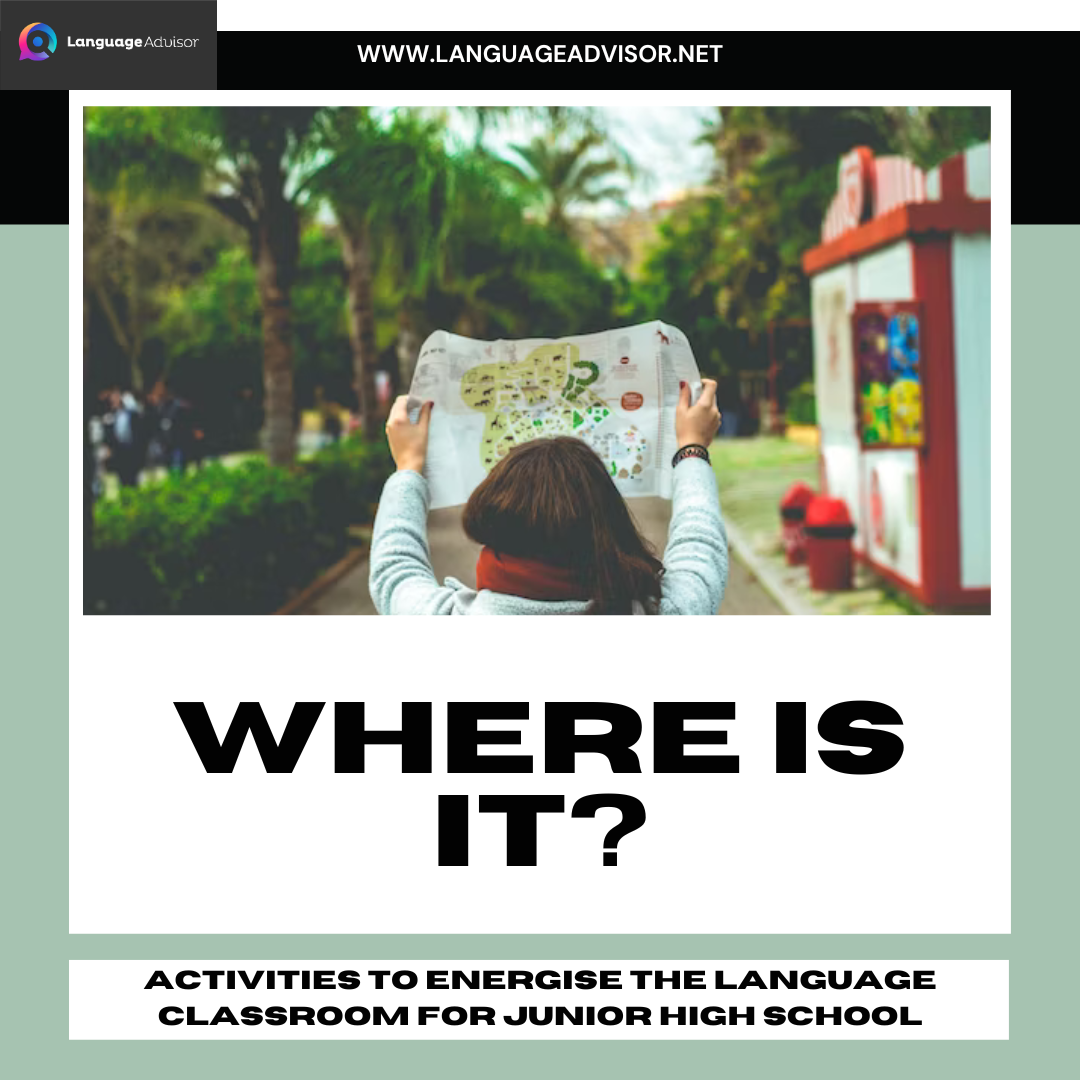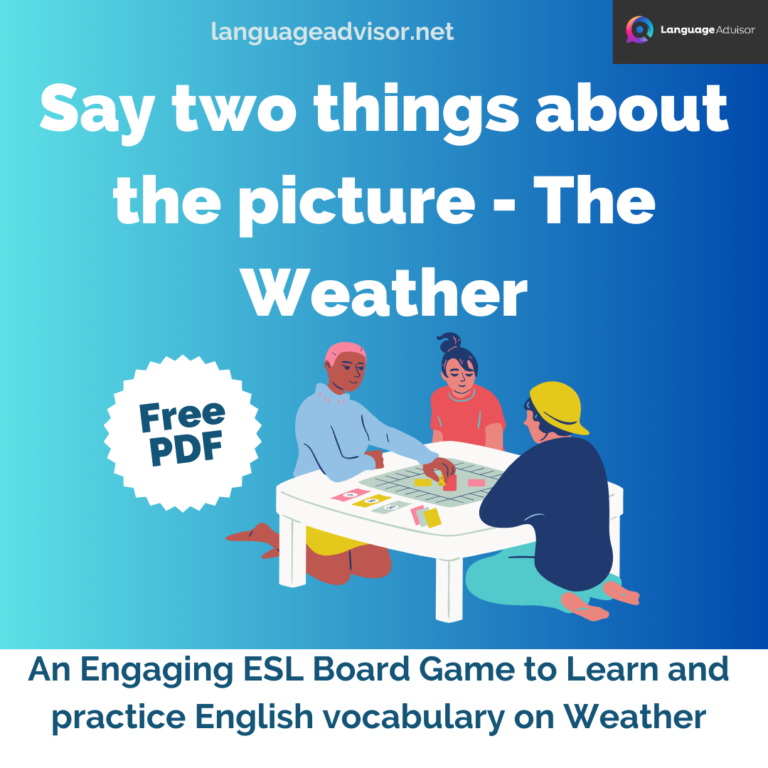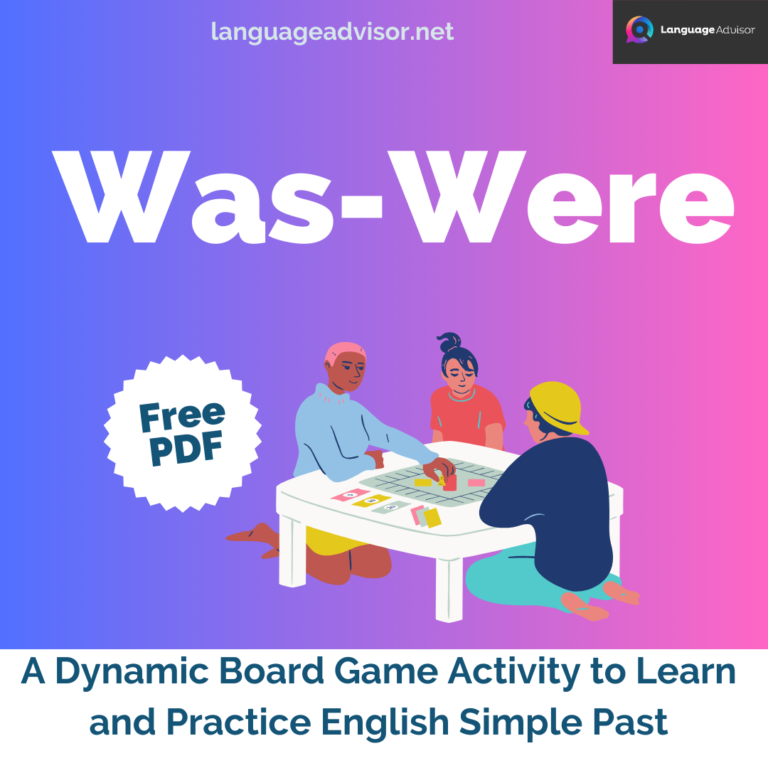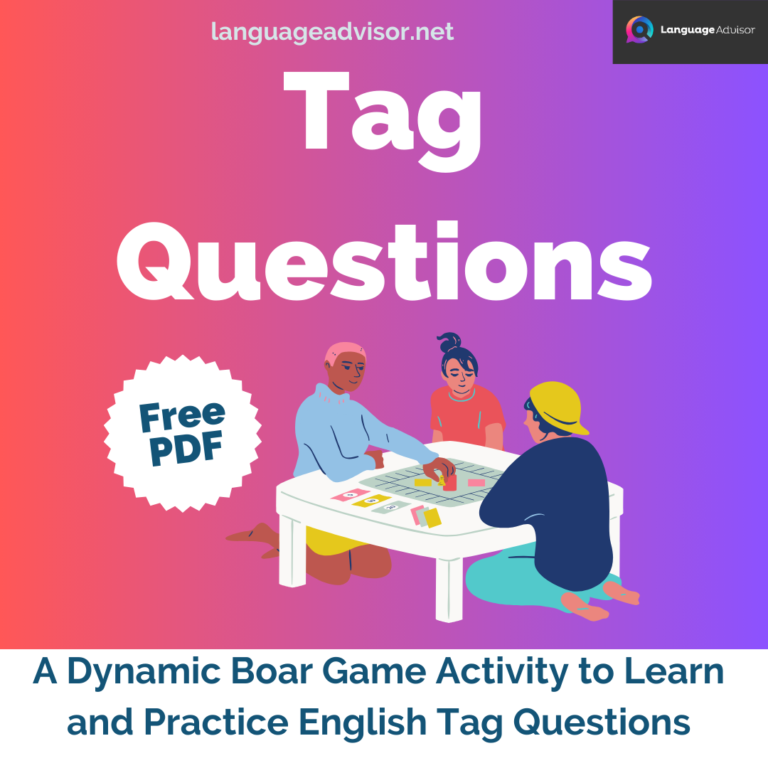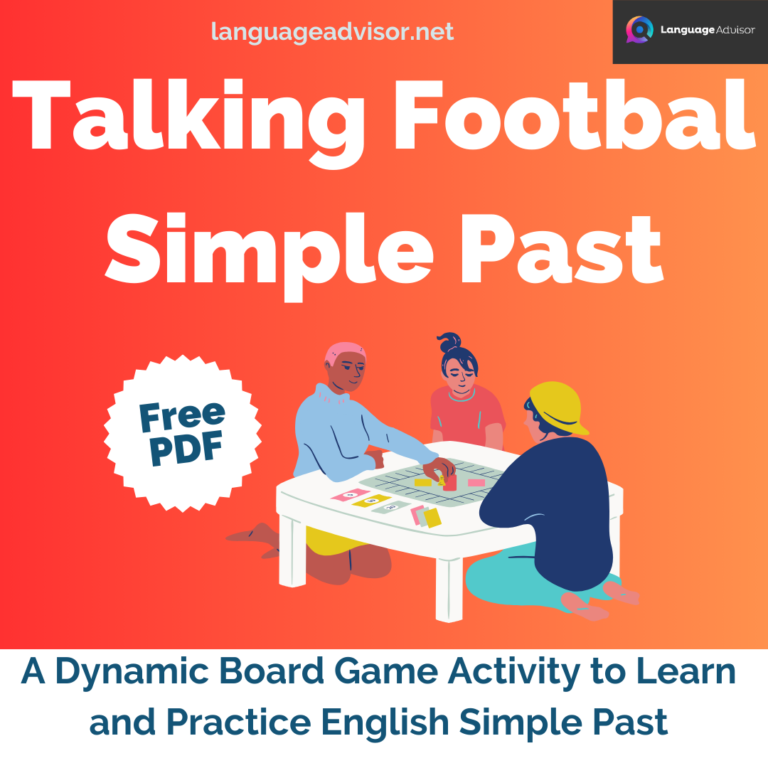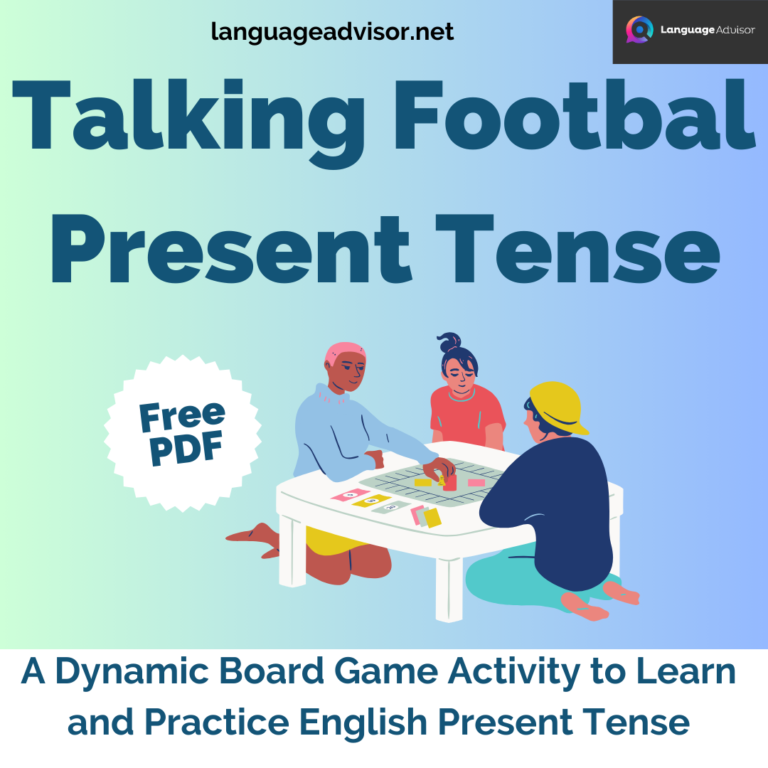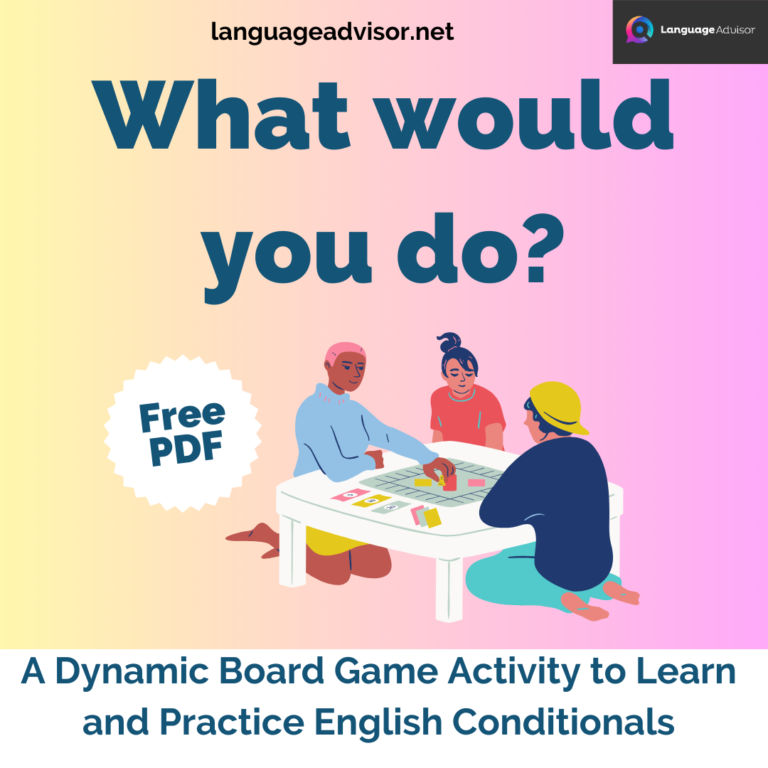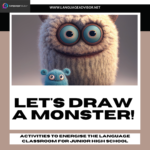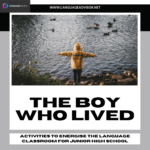WHERE IS IT? Games and Activities to Energise the Language Classroom for Junior High School
WHERE IS IT?

Energising Language Classroom Activities for Junior High School: A Teacher’s Guide
Junior high school students often find language classes challenging, but as a language teacher, you have the power to transform these challenges into engaging learning experiences. Classroom activities are the key to achieving this transformation. These activities not only make learning enjoyable but also foster a deeper understanding of the language, leading to improved fluency and proficiency. In this blog post, we will explore a diverse range of innovative and interactive language classroom activities designed specifically for junior high school students. Whether you’re looking to enhance vocabulary retention, boost conversational skills, or make grammar lessons more enjoyable, this guide will provide you with a rich array of strategies to create a dynamic and effective learning environment for your students. Let’s embark on this journey to energize your language classroom and inspire your students to become passionate language learners.

WHERE IS IT?
Target Group: 3rd year
Difficulty Level: Fundamentals
Activity Objective: To practice using “there is” and “there are” correctly. To use plurals correctly. To give advice and describe a location
WHERE IS IT? – Procedure
Preparation:
- The teacher should draw a picture on large white paper that uses the target vocabulary.
- The teacher should practice the drawing activity together once before showing the class.
- The teacher should discuss topic ideas for the independent practice portion of the activity, as well as the essential target vocabulary for the drawing activity.
- The teacher should prepare the handout for the independent practice portion and get the other teacher’s approval before making copies.
Warm-up:
- The teacher will model by asking questions such as “Where is the science room?” and responding with “It’s next to the art room” or “Where is the library?” “It’s across from class 2-1.”
- Then the teacher will alternate asking the students similar questions.
- This activity can be in the “column/row” style, where after a student answers they can choose to have their column or row sit down.
Guided Practice:
- Each student will receive a piece of blank paper.
- The teacher explains that students will draw a picture on the top half of the paper. They will leave the bottom half blank for now.
- The picture they draw must include the target vocabulary, which should either be included on the paper or written on the board.
- The teacher goes over the target vocabulary with students by asking for the Japanese word. The teacher should then read the target vocabulary, and students should repeat the proper pronunciation.
- The students should be then given about 2-3 minutes to draw a quick picture.
- The target vocabulary should include a variety of nouns and prepositions, such as: house, cat, dog, car, tree, bird, next to, above, under, in, on, etc.
- The teacher will model the next part of the activity.
- The teacher shows the large white paper with the picture drawn on it.
- The teacher shows the large blank paper and tells the students that the teacher will explain the picture to them, and they will try to draw the same picture. The teacher cannot let them see the picture while it is being described.
- The teacher uses the target language and vocabulary while describing the picture, by saying things such as “The house is on the left. There is a tree to the right of the house. There is a bird on top of the tree. There are two clouds above the tree.”
- The teacher attempts to draw the picture as it is being described. Explain that the students will do the same with a partner. They will take turns doing this activity. They will draw the new picture on the bottom half of their blank paper.
- Next, the teacher should review the use of “There is” versus “There are.” The teacher should write a few examples on the board, such as: three birds, one basketball, two cats.
- Then the teacher should take turns calling on students to tell them if “There is” or “There are” should be placed before the noun.
- Students will then make partners and have about 3 minutes each to describe the picture and draw the picture. If there is time available, have student volunteers tell either the teacher or the other teacher how to draw a picture. The teacher will draw the picture on the board.
Independent Practice:
The teacher explains that they need help learning about their city. The students will help by describing where an important place is in the city. The students will receive a writing practice handout. The teacher will assign each student a topic to write about. This can be done by simply telling the student or having the student select a strip of paper with the topic listed on it. Next, the student will work on filling out the handout based on the topic they were assigned. There should be some prompts/questions on the handout to help guide this process. For example, “Where is the ______?” (students will fill in the blank with their assigned topic) and then the student must give at least three descriptions of where it is, such as “across from Saizeriya, near the train station, next to a big house.” Other questions could be: What does it look like? When does it open? When does it close? How can I get there? The teacher will help explain the process to the students. Some students may be needed in the explanation. Students should use a dictionary or textbook to help describe the location. The teacher should walk around the classroom and individually help students as needed.
WHERE IS IT? – Materials and Preparation
The target vocabulary for the guided practice activity can be changed or modified at the discretion of the teacher. The most important aspect is the prepositions. The nouns involved can be adapted to suit the needs of the students.
When students are drawing their image for the guided practice, they should keep it a secret from other classmates. This way, their partner will not know what the image looks like beforehand.
Teachers may choose to allow the students to be creative and humorous. For example, allow them to put a soccer ball on top of the house or a cat in the car. Teachers can also permit students to choose the number of things to illustrate. For example, one of the words was “tree,” and they could decide to put one tree or 20 trees.
The independent practice should be modified depending on the ability level of the students. It may be necessary to provide students with additional vocabulary terms or suggest that they use page 18 and 19 in Total English 3 if they need some help or suggestions. If the ability level is fairly low, it might be a good idea to give the whole class a topic and do it together, or do one topic together as a class and then have the students do one topic individually.
Suggestions and Advice
Select a well known movie that many, if not most, students have already seen. This ensures that students are able to focus on the grammar point and are not left puzzling over the storyline.
Select a movie that you think will be interesting to students. Besides reviewing relative pronouns, the secondary purpose of the activity is to get students interested in watching English media as a means of improving listening and speaking skills, as well as stimulating interest in studying English overall.

Energising Language Classroom Activities for Junior High School
In the world of language teaching, fostering a love for learning and effective communication is our ultimate goal. By implementing these engaging classroom activities for junior high school students, you are not only enhancing their language skills but also creating an environment where curiosity, creativity, and enthusiasm thrive. As we wrap up our exploration of these energizing language activities, remember that your role as a teacher is invaluable, and your dedication to making language learning exciting and impactful is what sets the stage for your students’ future success.
So, continue to innovate, adapt, and personalize these activities to suit the unique needs and interests of your students. Watch as their confidence soars, their vocabulary expands, and their ability to communicate fluently grows. With your guidance and these engaging activities in your teaching toolbox, you are well on your way to inspiring a new generation of confident and capable language learners. The journey to language proficiency may be challenging, but with your passion and these activities, it is always an exciting one.
Happy teaching!

Also check out these articles on teaching, teaching methods and teaching tools


